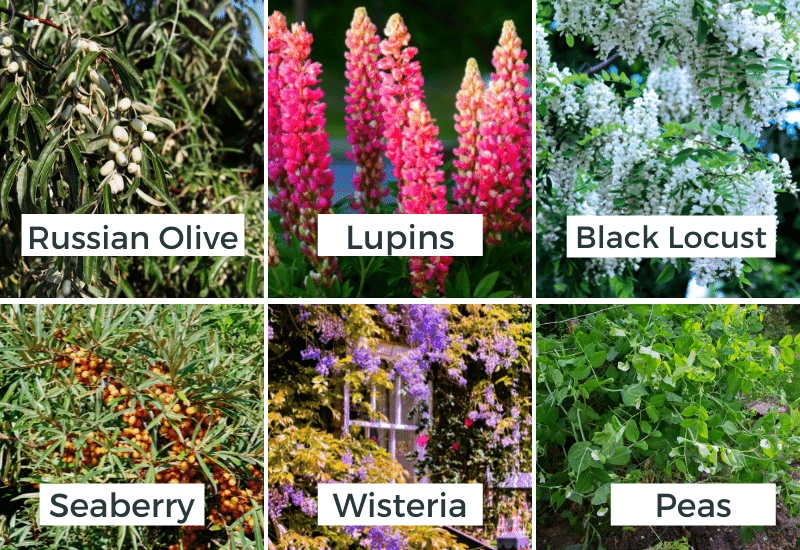
Nitrogen is an essential component of a healthy garden yet every harvest strips the soil and leaves many gardens depleted.
Before you reach for a bag of chemical fertilizer, consider cultivating some common plants that add nitrogen as they grow.
Nitrogen-fixing plants take nitrogen from the atmosphere and put it in the soil after converting it into a plant-friendly form.
Nitrogen fixers can be included in your crop rotation or grown as a green manure or cover crop alongside your other plants.
There are also a number of flowers, trees, and shrubs that will fix nitrogen while adding beauty to your garden.
In this article, we will look at how this group of special plants fix nitrogen into the soil and some of the best nitrogen-fixing plants to boost your gardens soil fertility.
Why Plants Need Nitrogen
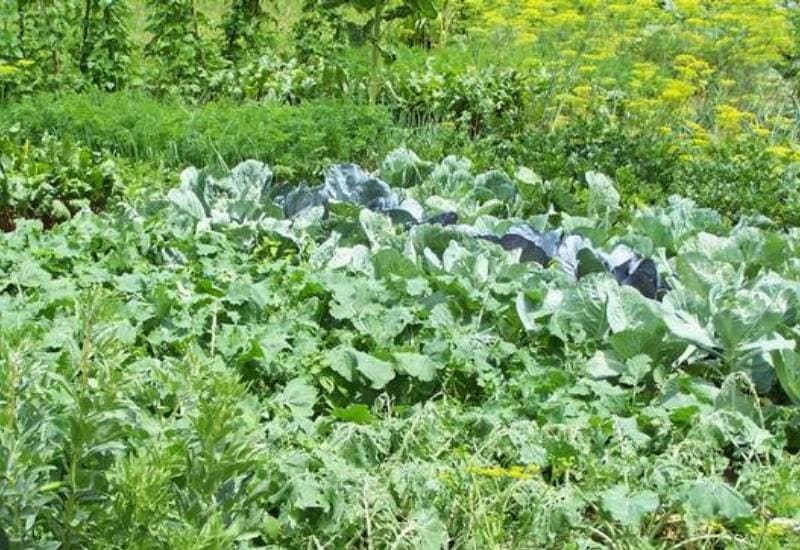
Nitrogen is necessary for all plants to grow strong and healthy. Since all plants need and use it, your soil is quickly drained of this essential element.
On a simple level, nitrogen encourages leafy green growth and the development of fruit. On a more scientific level, nitrogen is crucial for photosynthesis and the development of plant cells. Nitrogen is a building block of amino acids and the production of plant proteins.
There are many benefits to ensuring your soil has enough nitrogen. Increasing nitrogen in your soil will:
Signs of nitrogen deficiency
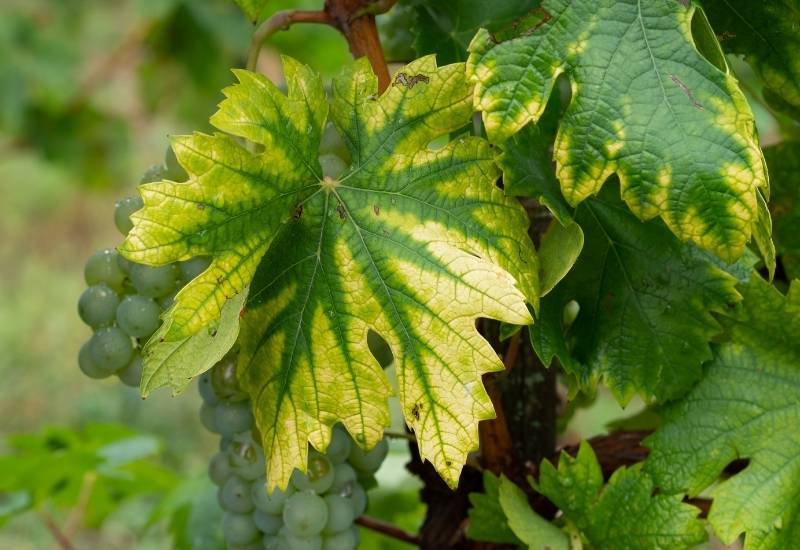
Just as your plants will thrive with the right amount of nitrogen, your plants will quickly show you if they are lacking this essential indispensable element. Some telltale signs of nitrogen deficiency are:
Ironically, too much nitrogen can also be a bad thing and you could end up with lush, bushy plants without any flowers or fruit.
The best way to build the perfect amount of nitrogen in your soil is by growing plants that actually add nitrogen as they grow.
These nitrogen fixers are ideal because they will continuously keep your soil fertile without creating an overabundance of nitrogen.
What Are Nitrogen Fixers?
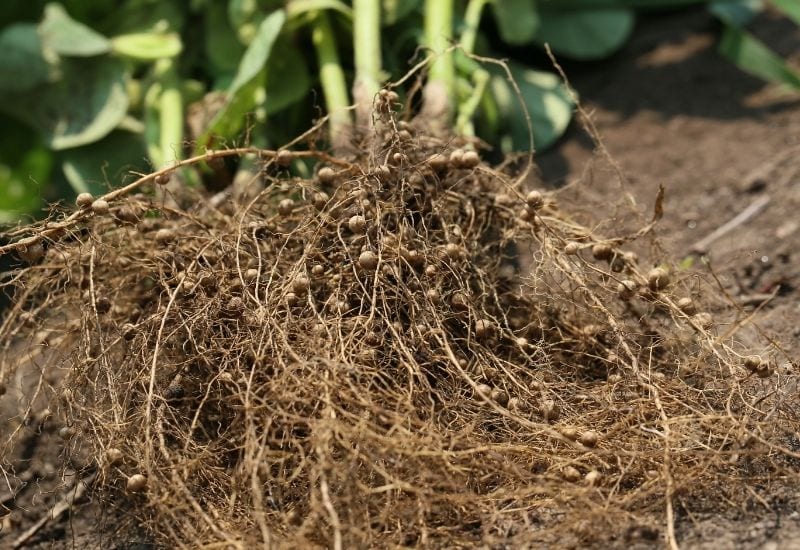
Nitrogen-fixing plants, have the unique ability to take nitrogen out of the atmosphere, convert it into a form that plants can easily use, and put the nitrogen into the soil.
Plants themselves do not actually fix nitrogen into the soil. This is done by certain bacteria in the soil. Nitrogen fixers have a mutually beneficial relationship with these soil-dwelling bacteria.
The bacteria grow nodules on the roots of the plant and produce nitrogen for the plant while the plant feeds the bacteria with the sugar it produces.
The nodules on the roots can range in size from a small pea to as large as a baseball and can have many different shapes. A single plant can have a hundred or up to over a thousand nodules on its roots.
Legumes, such as peas and beans, are the most commonly grown nitrogen fixers and legumes interact with the nitrogen-fixing rhizobia bacteria.
Other nitrogen-fixing plants join with Frankia bacteria to add nitrogen to the soil. On the whole, each plant interacts with a different strain of bacteria,
so the more nitrogen-fixing plants you grow the more you will create a truly diverse and living soil teeming with millions of microorganisms.
What Nitrogen Fixers Do
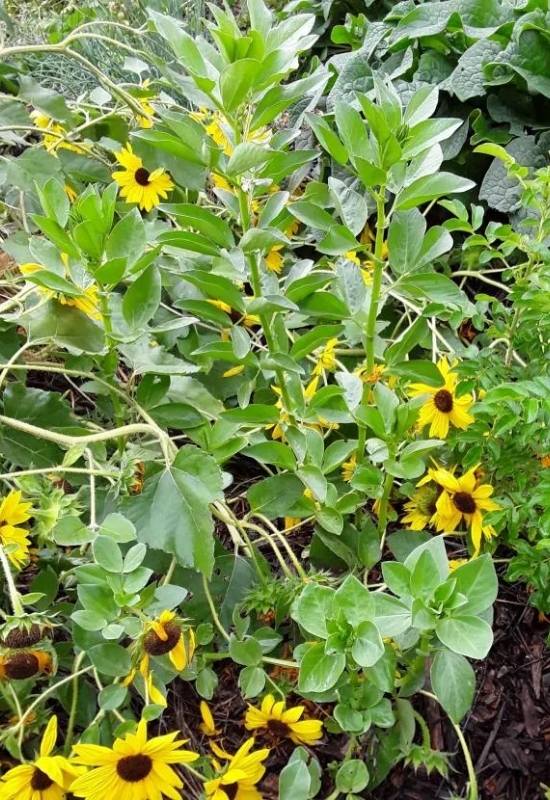
Almost 80 percent of the air we breathe is nitrogen, yet this atmospheric state (N2) cannot be used by plants.
Nitrogen fixation is the process where N2 is brought into the soil and converted into a usable form, such as NH3 (ammonia) or NH4 (ammonium) which can further be broken down into NO2 and NO3 (nitrates).
Many plants start fixing nitrogen shortly after the bacteria forms nodules on its roots. It will continue to produce nitrogen until the plant starts producing fruit, at which point almost all of the nitrogen is sent into the seeds.
How Do Nitrogen Fixers Feed The Soil?
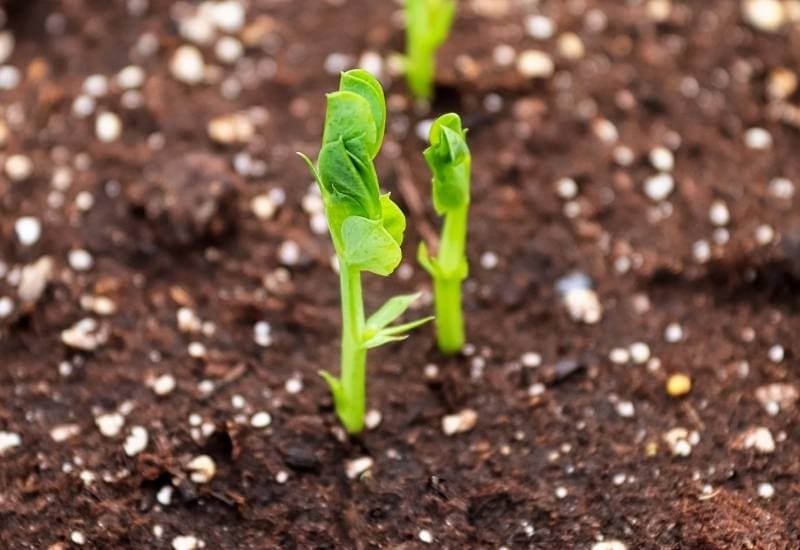
There are a number of ways nitrogen fixers can be incorporated into your garden to feed your soil, such as:
1: Annual vegetable production
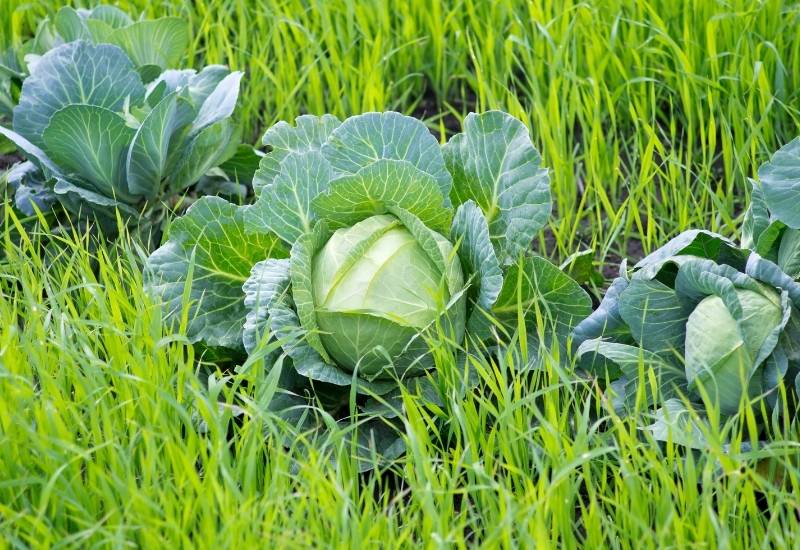
Chances are you already do this in your vegetable garden. By growing a row of peas or beans, you are adding nitrogen to your soil. Unfortunately, this method will provide the least nitrogen to your soil.
Most of the nitrogen fixed by a plant is directly consumed by the plant. However, any extra that is produced will go into the soil and feed neighbouring plants.
Once you harvest the seeds pods or fruits, there will, unfortunately, be very little nitrogen left for the soil.
Even so, growing these nitrogen fixers is still beneficial, not to mention delicious.
And don’t forget about adding beauty and colour to your garden. There are several flowers that fix nitrogen as well as improve the aesthetics of your plot.
2: Green Manures
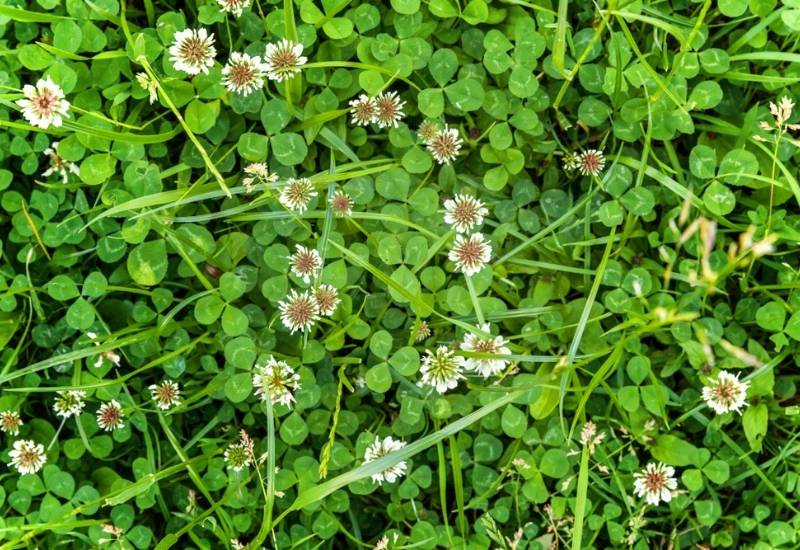
How can I use nitrogen fixers to add lots of nitrogen to my garden? The solution is green manuring!
Green manuring is the practice of growing a crop solely for the purpose of tilling it in and legumes and other nitrogen fixers are a great option for a green manure.
When you dig a nitrogen fixer into the soil, especially when it is lush and green, all of the nitrogen in the plant and the nodules will go directly into the soil.
3: Perennial Nitrogen Fixers
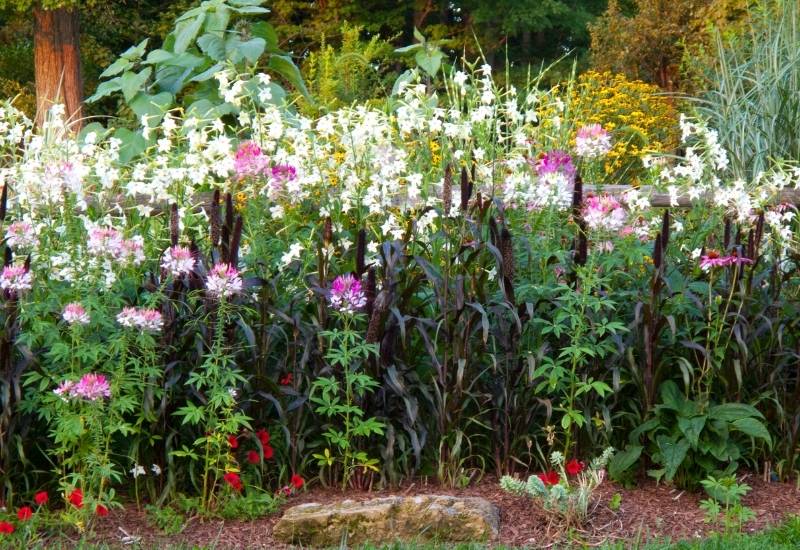
Growing perennials is a great way to add diversity to your garden, so why not include a few that will also add nitrogen to your soil at the same time?
Including perennials that also fix nitrogen is an important practice in permaculture and can easily be included in your home garden. Many of these options are also edible for an extra benefit.
Plants That Contribute To Nitrogen Fixation
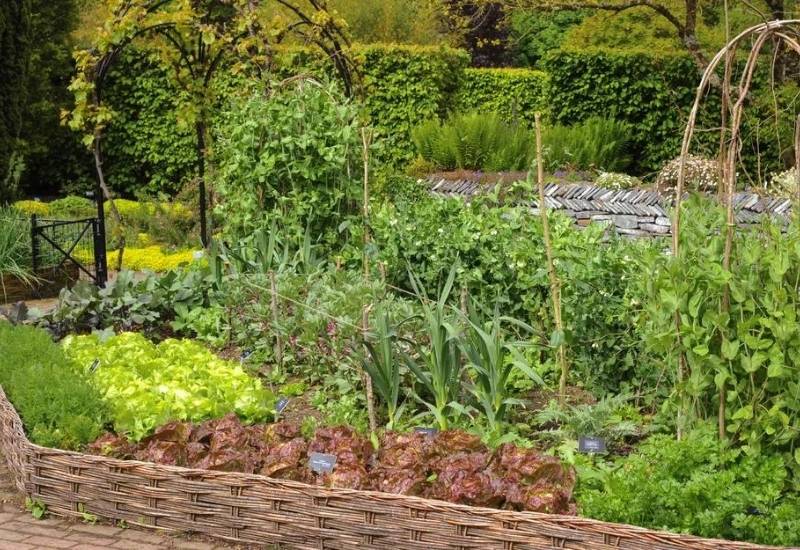
Now, let’s take a look at some common and easy to grow plants that will fix nitrogen into your soil.
Not all of these plants will grow in every climate, but some options range from tropical to extreme cold hardy so check with your local garden center for options that are available in your area.
Legumes
Legumes are generally grown as an annual crop. Some legumes are grown for eating, while others are strictly grown as a cover crop or green manure.
Green manuring legumes is a common practice in organic agriculture to improve the fertility of farm fields.
Here are some of the best legumes to include in your garden:
Edible Legumes (Can Also Be Used As Green Manure)
Legumes For Green Manures
Nitrogen Fixing Trees
When we hear about plants that fix nitrogen, legumes are usually the first thing that comes to mind, but did you know that there are many trees that also fix nitrogen to the soil?
Nitrogen-fixing trees are a great long-term investment for your yard or garden to increase and maintain nitrogen levels in your soil.
Like legumes, trees will add the most nitrogen when they die and decompose, but these towering giants will continuously supply nitrogen throughout their entire productive lives.
Nitrogen-fixing trees are also used as a pioneer species when establishing a new forest area. The nitrogen-fixing trees are planted first to improve the quality of the soil, followed by other species of trees to create a healthy and diverse woodland.
And we can’t forget the nitrogenous benefits of decomposing leaves that fall to the ground or can be added to your compost.
Some nitrogen-fixing trees include:
Each species of tree is native to a certain local, so check with your local garden centre for the best tree to grow in your specific locale.
Nitrogen Fixing Shrubs And Bushes
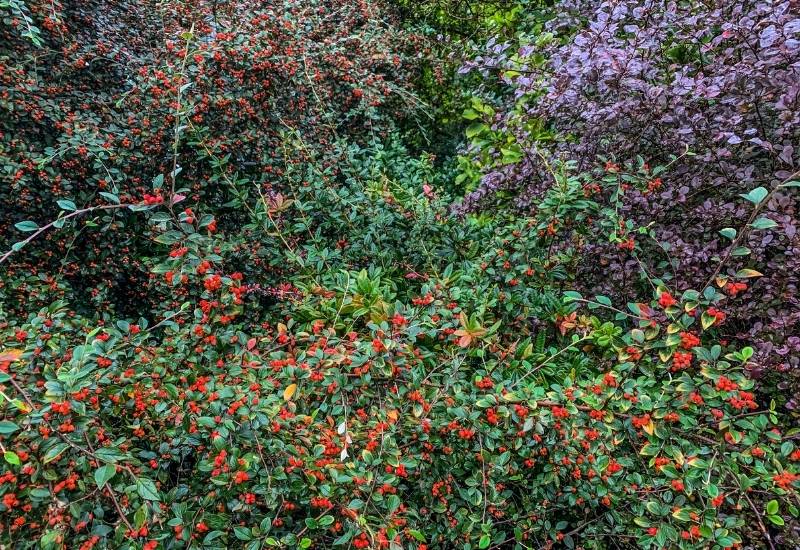
If you don’t have enough space to plant a tree, consider planting a nitrogen-fixing shrub. Shrubs have the advantage that there are many cold-hardy varieties plus they often provide edible berries.
If the berries are toxic, these nitrogen fixers will feed the birds while they are feeding your garden.
As with trees, try to find varieties that are hardy for your area. Here are some great nitrogen-fixing shrubs and bushes to add diversity to your garden:
Nitrogen Fixing Flowers
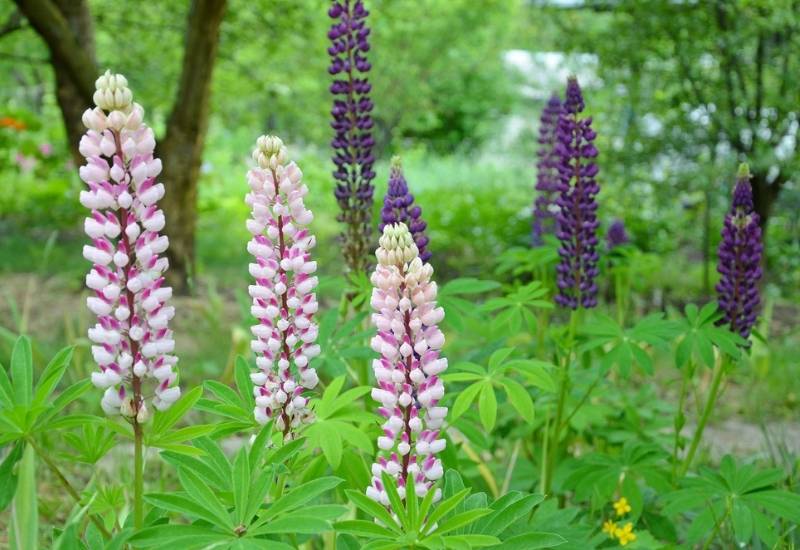
When talking about soil fertility, we often overlook an important part of your gardens: the flower garden.
Here are some beautiful nitrogen-fixing flowers that can be added to your flower bed or incorporated into your vegetable garden to feed the soil, attract pollinators, and add beauty:
Conclusion
Nitrogen fixation has been used by organic farmers for centuries to naturally improve the health and fertility of the soil, and this practice can be easily incorporated into the home garden.
Whether you have a bed in a small garden or whether you cultivate several acres, I hope this article has given you enough information so you never have to reach for a bag of chemical fertilizer again.

Written By
Amber Noyes
Amber Noyes was born and raised in a suburban California town, San Mateo. She holds a master’s degree in horticulture from the University of California as well as a BS in Biology from the University of San Francisco. With experience working on an organic farm, water conservation research, farmers’ markets, and plant nursery, she understands what makes plants thrive and how we can better understand the connection between microclimate and plant health. When she’s not on the land, Amber loves informing people of new ideas/things related to gardening, especially organic gardening, houseplants, and growing plants in a small space.

Great and informative article! Thank you